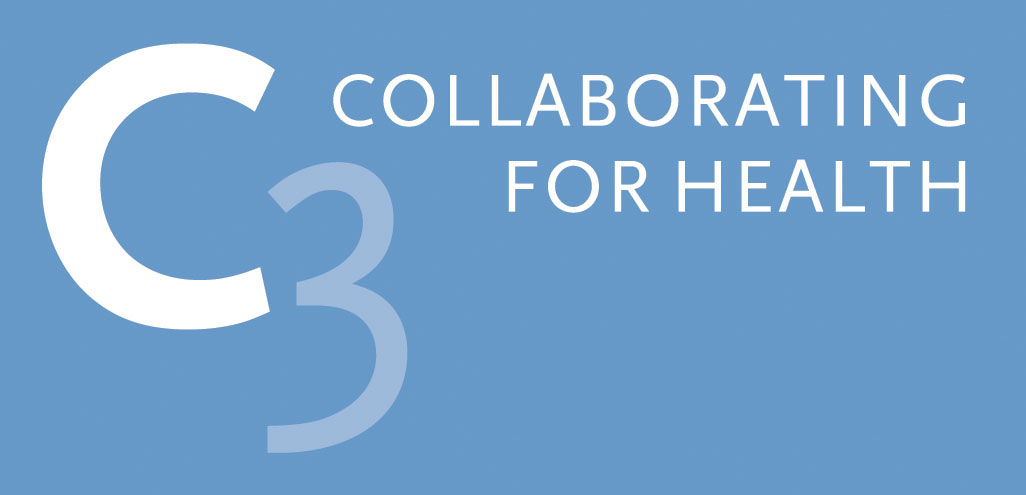The Challenge and Importance of Working Out an Active Covid-19 Lifestyle for University Students
There is no doubt that Covid-19 has caused major disruptions to everyday life. Mask wearing, social distancing, and online schooling have all become the norm as the virus continues to spread across both the United States and Europe [1]. The negative ramifications of such drastic lifestyle changes on health and physical wellbeing have, to one extent or another, been felt by everyone.
As a student at the University of Notre Dame in Indiana, USA, I found the switch to online learning to have a tangible impact on my own physical health. Prior to the initial closure of the University in March, I regularly accessed the campus gym and averaged about 10,000 steps per day just by walking from building to building. This physical activity was essential in helping me maintain my focus, getting a good night’s sleep and feeling well overall.
Once the pandemic struck, I, and so many of my peers, were sent home and no longer had access to a gym nor any reason to walk considerable distances on a day-to-day basis. For weeks, my physical activity merely consisted of walking from my bed, to my kitchen, to my desk, back to my bed and so on. My sleep cycle suffered, and I could no longer pay attention to lectures for an extended period of time. When discussing with my friends and family members, I found that many of us shared the common struggle of trying to adapt to an inactive lifestyle. I began to consider: how much have college students been impacted by lack of physical activity? How does a lack of physical activity impact other aspects of life like sleep or performance in class? Is there a way to keep active despite the pandemic?

Who Has Been Impacted?
Currently, only 4% of universities across the US are fully in-person [2]. For many universities offering some form of in-person attendance, including Notre Dame, access to fitness facilities has been minimised with restricted capacity and limited hours [3]. In a country of nearly 20 million college students, at least 7.2 million students no longer have regular access to their university fitness centers [4].
The Bigger Picture
Maintaining an active lifestyle is not only important for physical wellbeing; evidence suggests that fitness is linked to academic performance [5]. A recent study from Stanford University indicated a positive correlation between regular exercise and educational attainment [6]. It is suggested that allocating time to exercise may increase productivity during study times and improve overall academic performance [6]. Unfortunately, quarantine restrictions have lowered exercise rates in our nation. On average, US adults who met exercise guidelines before the Covid pandemic experienced a 32% decline in physical activity once the pandemic struck, and most adults who were inactive before the pandemic remained that way [7]. For students, this decrease in physical activity could translate into lower grades. Exercise also directly relates to sleep quality. We sleep better and feel more alert throughout the day if we get at least 150 minutes of exercise a day [8]. Covid restrictions, including online schooling, have increased the prevalence of insomnia [9]. Getting a good night’s sleep is essential in mitigating anxiety and restlessness amongst college students, and one of the best tips for improving quality of sleep is exercising a few hours before bed [9]. With campus closures and social distancing restrictions limiting exercise, sleep quality has also diminished.
Getting Creative to Combat Idleness
 Although online schooling and Covid regulations may make exercise less convenient, effective workout regiments are still possible. Outdoor activities such as jogging, biking and hiking can be both fun and effective ways of staying active. As winter rolls in, don’t be afraid to get creative! Indoor activities such as yoga and dancing can be a source of daily exercise [10]. Even though Covid-19 has stripped us of normal daily routines and made exercise less accessible, we can still take steps to increase our physical activity. When stuck in isolation or quarantine, even simple housework activities such as vacuuming and gardening can add movement to our stagnant days. During a time of uncertainty, stress and restlessness, implementing regular exercise to our new lifestyles can make a world of difference for our overall wellbeing!
Although online schooling and Covid regulations may make exercise less convenient, effective workout regiments are still possible. Outdoor activities such as jogging, biking and hiking can be both fun and effective ways of staying active. As winter rolls in, don’t be afraid to get creative! Indoor activities such as yoga and dancing can be a source of daily exercise [10]. Even though Covid-19 has stripped us of normal daily routines and made exercise less accessible, we can still take steps to increase our physical activity. When stuck in isolation or quarantine, even simple housework activities such as vacuuming and gardening can add movement to our stagnant days. During a time of uncertainty, stress and restlessness, implementing regular exercise to our new lifestyles can make a world of difference for our overall wellbeing!
References
[1] European Centre for Disease Prevention and Control 2020, COVID-19 situation update
worldwide, as of 31 October 2020, European Union, accessed 26 October 2020,
https://www.ecdc.europa.eu/en/geographical-distribution-2019-ncov-cases>
[2] Elias, Jacquelyn, et al. 2020. Here’s Our List of Colleges; Reopening Models, The Chronicle
of Higher Education, accessed 26 October 2020, https://www.chronicle.com/article/Here-s-a-
List-of-Colleges-/248626?cid=wcontentgrid_hp_1b>
[3] Smith Center for Recreational Sports 2020, University of Notre Dame, accessed 25 October
2020, https://recsports.nd.edu/facilities/smith-center-for-recreational-sports/>
[4] Back to School Statistics 2020, National Center for Education Statistics, accessed 25 October
2020, https://nces.ed.gov/fastfacts/display.asp?id=372>
[5] Kohl, Harold W, et al. 2013, Educating the Student Body: taking physical activity and
physical education to school, The National Academies Press, Washington DC.
[6] Fricke, Hans, et al. 2017, ‘The Effect of Physical Activity on Student Performance in
College: An Experimental Evaluation’, Stanford CEPA, accessed 25 October 2020,
https://cepa.stanford.edu/content/effect-physical-activity-student-performance-college-
experimental-evaluation>
[7] Ducharme, J 2020, ‘ COVID-19 Is Making Americans Even More Sedentary. The Effects
Could Be Long-Lasting’, Time, 12 May, accessed 25 October 2020,
https://time.com/5831678/covid-19-americans-exercise/>
[8] Study: Physical Activity Impacts Overall Quality of Sleep, National Sleep Foundation,
accessed 25 October 2020, https://www.sleepfoundation.org/articles/study-physical-activity-
impacts-overall-quality-sleep>
[9] COVID-19 is wrecking our sleep with coronasomnia – tips to fight back 2020, UC Davis
Health, accessed 25 October 2020, https://health.ucdavis.edu/health-news/newsroom/covid-19-
is-wrecking-our-sleep-with-coronasomnia–tips-to-fight-back-/2020/09>
[10] How to Stay Active in Cold Weather 2016, American Heart Association, accessed 25
October 2020, https://www.heart.org/en/healthy-living/fitness/getting-active/how-to-stay-
active-in-cold-weather>

